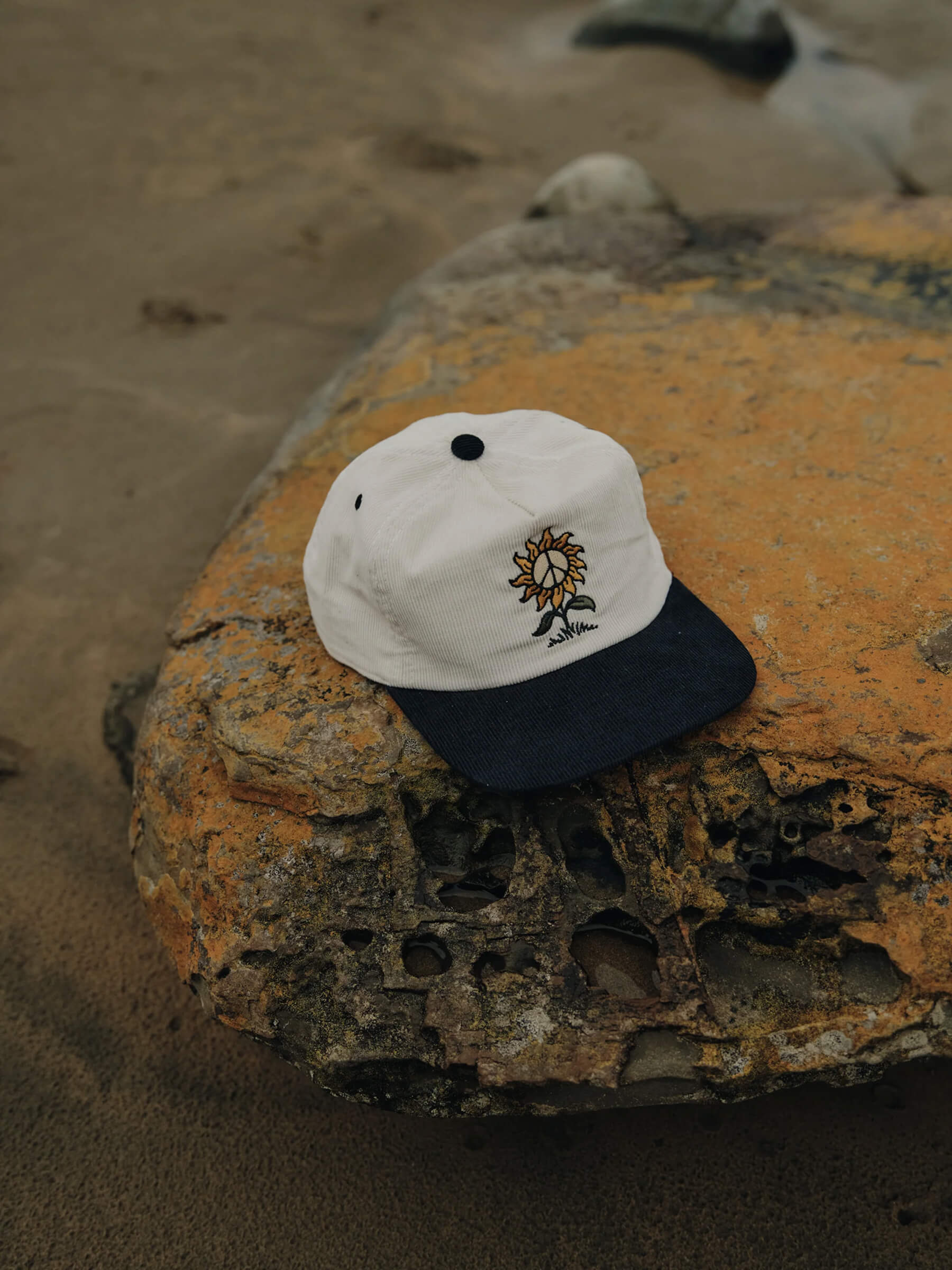Have you ever wondered about the fascinating journey from the serene hills to the dynamic waves of the ocean? Let's delve into the intriguing process of how water flows from the mountains to the sea, shaping our landscapes along the way.
Formation of Rivers
It all begins with the precipitation in the form of rain or snow in the mountains. As the water collects, it starts to flow downhill, carving its way through the terrain and forming streams and rivers. These water bodies act as the lifeline for various ecosystems, providing essential nutrients and habitats for diverse flora and fauna.
Impact on Landscapes
As the rivers meander through the valleys and plains, they erode the land, creating stunning landscapes such as canyons, gorges, and floodplains. The continuous movement of water shapes the earth's surface over millions of years, leaving behind a legacy of natural wonders for us to admire.
Journey to the Ocean
Eventually, the rivers make their way to the vast expanse of the ocean, where they merge with the salty waters. This convergence of fresh and saltwater creates a unique ecosystem that supports a myriad of marine life, from tiny plankton to majestic whales.
Role in the Water Cycle
The journey from hills to waves is a crucial part of the water cycle, where water is constantly recycled through evaporation, condensation, and precipitation. This process ensures the availability of freshwater for various uses, from agriculture to drinking water, sustaining life on our planet.
Human Impact
While the natural flow of water from hills to waves is a marvel to behold, human activities have significantly altered this process. Deforestation, pollution, and climate change have disrupted the delicate balance of ecosystems, leading to issues such as water scarcity and habitat destruction.
By understanding and appreciating the journey of water from hills to waves, we can strive to protect and preserve these vital resources for future generations to enjoy. Let's cherish the beauty of nature's interconnected systems and work towards a sustainable future for our planet.

























